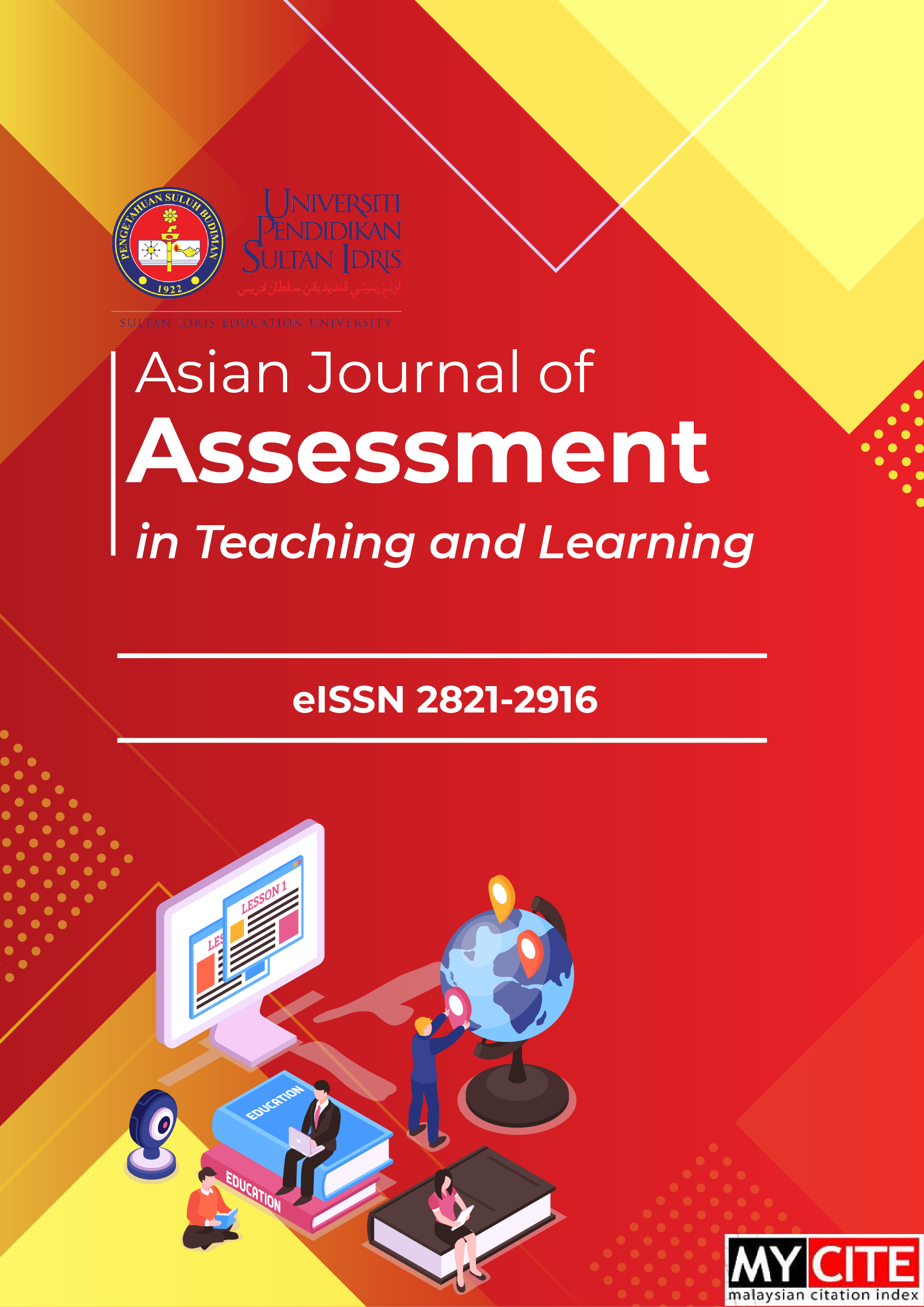Computational Thinking in Solving Engineering Problems – A Conceptual Model
DOI:
https://doi.org/10.37134/ajatel.vol11.2.3.2021Keywords:
computational thinking, education, Programming, Teaching and LearningAbstract
Programming is an excellent approach to cultivating computational thinking (CT) skills lacking among current engineering undergraduate students. Although highly useful in teaching programming skills, physical, tangible programming tools available in the market are limited to users aged 12 and below, a gap that impedes the effort to cultivate problem-solving skills and computational thinking among engineering students. As a result, many students who join engineering programmes are without solid computer programming skills. This paper proposes a method to tackle the said gap by applying physical programming education blocks. The programming blocks have various logical functions and input-output capabilities that allow decision-making, looping, and function calling. Users can build their logical thinking skills in the form of cause-and-effect analysis using the play method. Through this approach, students can enhance their programming skills, which improves their computational thinking ability and complex problem-solving skills. It is hoped that such an approach could help them in transiting from tangible programming to text-based programming.
Downloads
References
Denning, P. J. (2017). Remaining trouble spots with computational thinking. Communications of the ACM, 60(6), 33–39.
diSessa, A. A. (2018). Computational literacy and “the big picture” concerning computers in mathematics education. Mathematical Thinking and Learning, 20(1), 3–31.
Dishman L. (2016). Why Coding Is Still The Most Important Job Skill Of The Future. Can be accessed at https://www.fastcompany.com/3060883/why-coding-is-the-job-skill-of-the-future-for-everyone
Grover, S., & Pea, R. (2013). Computational thinking in K-12: A review of the state of the field. Educational Researcher, 42(1), 38–43.
Hooda S. (2017). #3 Reasons Why Everyone Should Learn Programming. Can be accessed at https://www.entrepreneur.com/article/289248
Kaur B. (2019). Shortage of STEM students at universities. Can be accessed at https://www.nst.com.my/news/nation/2019/09/518914/shortage-stem-students-universities
Lembaga Peperiksaan. (2021). Format Pentaksiran Sijil Pelajaran Malaysia SPM Mulai Tahun2021.accessed July 2021.http://lp.moe.gov.my/index.php/peperiksaan-pentaksiran/peringkat-menengah-atas/sijil-pelajaran-Malaysia-spm
Li, Y., Schoenfeld, A. H., diSessa, A. A., Grasser, A. C., Benson, L. C., English, L. D., & Duschl, R. A.(2020a). Computational thinking is more about thinking than computing. Journal for STEM Education Research, 3(1), 1–18.
Lockwood, J., & Mooney, A. (2017). Computational Thinking in Education: Where does it fit? A systematic literary review. https://arxiv.org/abs/1703.07659
Magana, A.J., Falk, M.L., Vieira, C., & Reese Jr, M.J. (2016). A case study of undergraduate engineering students' computational literacy and self-beliefs about computing in the context of authentic practices. Computers in Human Behavior, 61, 427-442.
McFadden C. (2019). Code Literacy: Why Coding Became Important. Can be accessed at https://interestingengineering.com/code-literacy-why-coding-became-important
Mutiawani, V. & Juwita. 2014, November. Developing e-learning application specifically designed forlearning introductory programming. In 2014 International Conference on Information Technology Systems and Innovation (ICITSI) (pp. 126-129).
National Research Council. (2010). Committee for the Workshops on Computational Thinking: Report of a workshop on the scope and nature of computational thinking. Washington, D.C: National Academies Press.
Orr, G. (2009). Computational thinking through programming and omithmic art. In SIGGRAPH 2009: Talks (pp. 1-1).
Saito, D., Washizaki, H., and Fukazawa, Y. (2016). Comparison of text-based and visual-based programming input methods for first-time learners. Journal of Information Technology Education: Research, 16(1), 209-226.
Stefik, A., & Siebert, S. (2013). An empirical investigation into programming language syntax. ACM Transactions on Computing Education (TOCE), 13(4), 1-40.
Tan, P.H., Ting, C.Y., & Ling, S.W. (2009). Learning difficulties in programming courses: undergraduates' perspective and perception. In 2009 International Conference on Computer Technology and Development (Vol. 1, pp. 42-46). IEEE.
Williams, K.A., and Cavallo, A.M. (1995). Reasoning Ability, Meaningful Learning, and Students' Understanding of Physics Concepts: Relating Students' Reasoning Ability and Learning Styles To heir Physics Misconceptions. Journal of College Science Teaching, 311-314.
Wing, J.M. (2011). Research notebook: Computational thinking – What and why. The link magazine, 6.
Wing, J.M. (2006). Computational thinking. Communications of the ACM, 49(3), 33-35.
Downloads
Published
How to Cite
Issue
Section
License
Copyright (c) 2021 Choon Hui Neo, Jee Khai Wong, Voon Chiet Chai, Yaw Long Chua, Yeh Huann Hoh

This work is licensed under a Creative Commons Attribution-NonCommercial-ShareAlike 4.0 International License.





